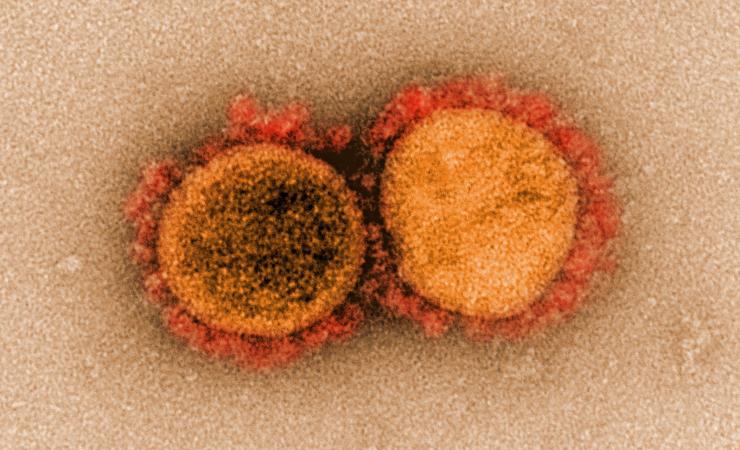Although the world has not yet seen the end of the COVID-19 pandemic, different types of treatments have emerged to help lower hospitalisation rates. Early trials of some COVID-19 antiviral drugs have shown promising results in improving patient recovery. Now a new series of chemicals could offer another future COVID-19 antiviral drug. The research is a product of the Innovative Medicines Initiative’s (IMI) European Lead Factory (ELF) project, which allows researchers with drug targets to have their target screened free of charge against ELF’s compound collection.
In the early months of the pandemic, the ELF launched a fast-track procedure to select projects focused on COVID-19. In June of 2020 they selected a proposal of the Pivot Park Screening Centre (PPSC) based in Oss, the Netherlands. The centre wanted to find chemicals that would prevent the virus’s spike protein from binding with the ACE2 receptor found in human throat and lung cells – the virus’s main way of attack.
“What made the programme unique was two-fold,” said Dr Saman Honarnejad of the Pivot Park Screening Centre. First, they were able to access ELF’s collection of over half a million drug-like chemical compounds. They were able to test these compounds rapidly and in bulk thanks to ELF’s high-throughput screening technology.
Secondly, they then had the difficult job of prioritising ‘hit’ compounds in this library that were selective towards the interaction of the viral protein and the human receptor, but did not damage the physiological function of the human receptor (to minimize potential toxicity).
“Our efforts resulted in the identification of 48 of the most promising compounds,” said Dr Honarnejad. When these compounds were then resynthesised for the next round of testing, all but one remained active. “This suggests that the overall screening and follow-up efforts resulted in the identification of high-quality starting points for further development,” said Dr Honarnejad.
These compounds were either compounds with a unique structure (known as ‘singletons’) or a group of structurally-similar ones (‘clusters’). Dr Honarnejad explains that having both singletons and clusters means that researchers have several chemical starting points during the next phase of optimising these compounds.
The plan is to move to the next stage of drug discovery, dubbed the ‘hit-to-lead’ phase. This will be done via the EU-funded ISIDORe project, which provides researchers with a portfolio of research services and resources to better prepare for future epidemic-prone pathogens. He says that this new project will involve chemically modifying the hits to increase the compounds’ in-vitro potency and selectivity. Their hope is to better understand how the structure of these hit compounds affects its activity and (in-vitro) potency.
The European Lead Factory is supported by the Innovative Medicines Initiative, a partnership between the European Union and the European pharmaceutical industry.
